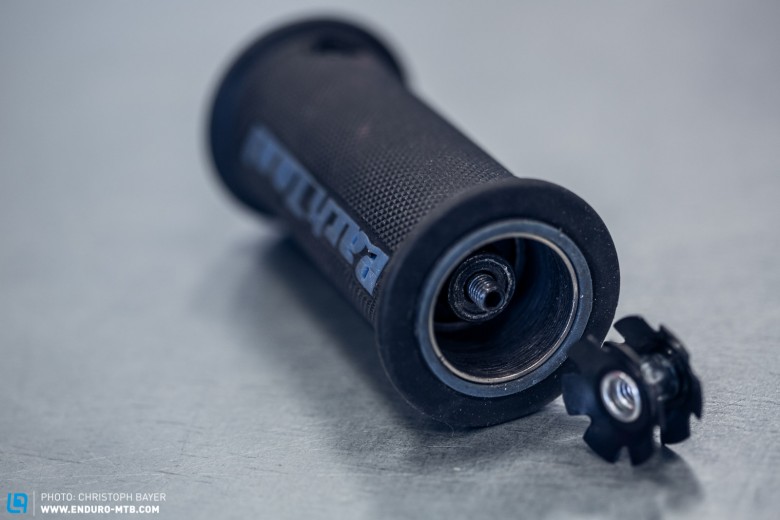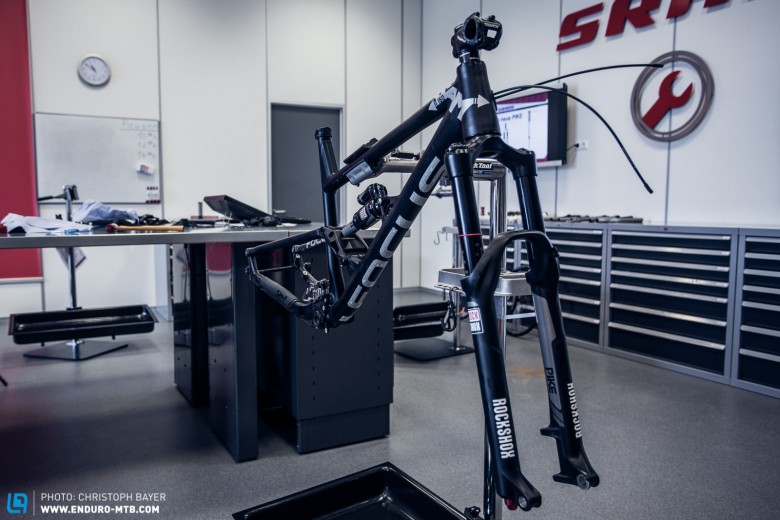There is no other component that riders want to upgrade more than the suspension fork according to our reader survey. 38% of readers stated they were thinking about an upgrade – no wonder really as the suspension fork market has developed markedly in recent years. The new models don’t just offer more comfort, they provide better grip and don’t sink into their travel thanks to improved damping technology. This in turn gives more stable geometry and higher confidence for the rider. That’s why we’re going to show you today how to fit a new fork to your bike.
Fundamental to fitting a new fork is whether the diameter of the steerer tube fits to that of the headtube. Current frames have a tapered headtube (1.5” lower/ 1 ⅛” upper bearings) but just a few years ago straight ! ⅛” or 1.5” head tubes were standard. Whilst a 1.5” head tube can accommodate a tapered fork steerer using a reducer headset a bike with a straight 1 ⅛” head tube cannot be fitted with a modern tapered fork.
When choosing a new fork you also need to make sure the axle-crown length, wheel diameter and axle standard also fit. An incorrect axle-crown length can ruin your bikes geometry and could even invalidate the warranty. You should stick to the recommendations of the bike manufacturer.
Difficulty
medium
Tools required

- Crown race setting tool for the headset
- A-Head-star fangled nut setting tool
- Tube cutter or saw
- Deburring tool
- Hammer
- Grease
- Hex/allen keys
In a push you can do the job without special tools. The crown race setting tool can be replaced by a piece of wood and the star-fangled nut fitting tool with a strong bolt and plenty of patience – instructions for this will follow in a separate article. But it’s quicker, safer and less stressful to do the work with the right tools.
Instructions













Photos: Christoph Bayer Words: Christoph Bayer / Aaron Steinke
Did you enjoy this article? If so, we would be stoked if you decide to support us with a monthly contribution. By becoming a supporter of ENDURO, you will help secure a sustainable future for high-quality mountain bike journalism. Click here to learn more.









